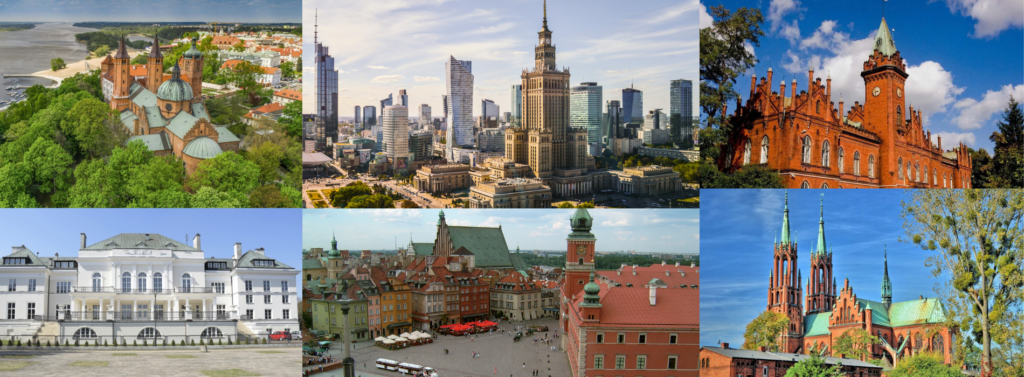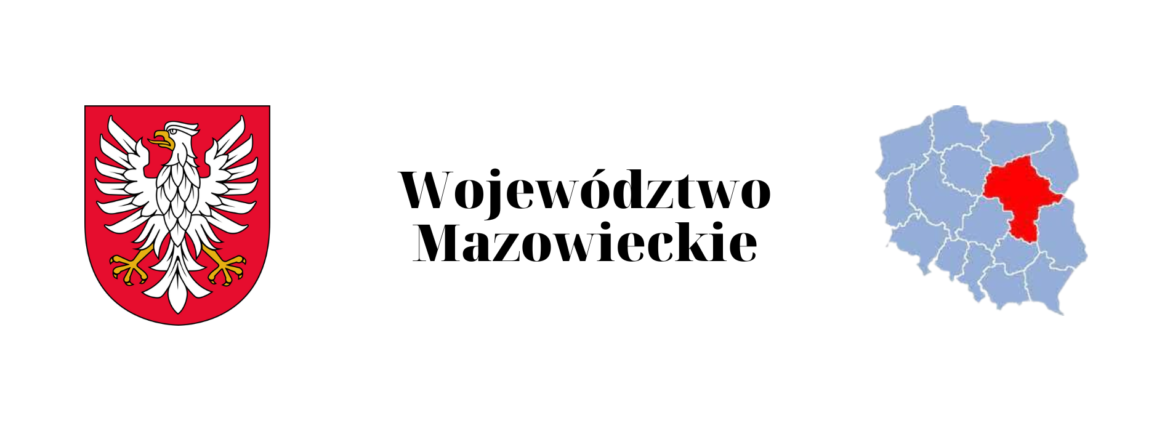Introduction
The Masovian Voivodeship, or Mazovia Province, is a unique blend of history, culture, and modernity. Located in east-central Poland, it is the country’s most populous region, with Warsaw, the national capital, serving as its beating heart. This article delves into the vibrant life of Warsaw, the rich history of the region, and the diverse culture that defines Mazovia.
Warsaw: A Phoenix City
Warsaw, often referred to as the „Phoenix City,” has risen from the ashes of numerous wars and invasions. Its history is a testament to resilience and determination. The city’s Old Town, a UNESCO World Heritage site, is a perfect example. After being almost entirely destroyed during World War II, it was meticulously rebuilt, using Bernardo Bellotto’s 18th-century paintings as a reference.
Modern Warsaw is a bustling metropolis, with skyscrapers like the Palace of Culture and Science dotting the skyline. The city is a hub for business, arts, and education, hosting numerous international events, festivals, and conferences.
History of the Masovian Voivodeship
Mazovia’s history dates back to the Middle Ages when it was a separate duchy. Over the centuries, it has seen the rise and fall of dynasties, invasions, and partitions. The region played a significant role during the Renaissance period in Poland, with many artists and scholars finding patronage here.
The 19th century saw Mazovia under the partitions of Poland, primarily under Russian rule. This period left a significant mark on the region’s architecture, culture, and even cuisine. The struggles for independence and the two World Wars in the 20th century further shaped the character and spirit of the people of Mazovia.
Cultural Diversity and Traditions
Mazovia is a melting pot of cultures and traditions. From the folklore of the Kurpie region to the elegance of Warsaw’s theaters and opera, there’s a wide range of cultural experiences to explore. Traditional Mazovian cuisine, with dishes like żurek (sour rye soup) and pyzy (dumplings), is a treat for the palate.
The region is also known for its festivals. The Warsaw Film Festival, the International Chopin Piano Competition, and the Warsaw Autumn International Festival of Contemporary Music are just a few events that attract participants and audiences from around the world.
Natural Beauty and Conservation
Beyond the urban landscapes, Mazovia boasts natural beauty. The Kampinos National Park, a UNESCO biosphere reserve, is a vast forest reserve ideal for hiking, cycling, and observing wildlife. The Vistula River, Poland’s longest, snakes through the region, providing picturesque views and recreational opportunities.

Conclusion
The Masovian Voivodeship is more than just an administrative region. It’s a testament to Poland’s enduring spirit, a showcase of its rich history, and a beacon of its bright future. Whether you’re exploring the bustling streets of Warsaw, delving into the region’s history, or enjoying its cultural festivities, Mazovia offers a unique and enriching experience.
